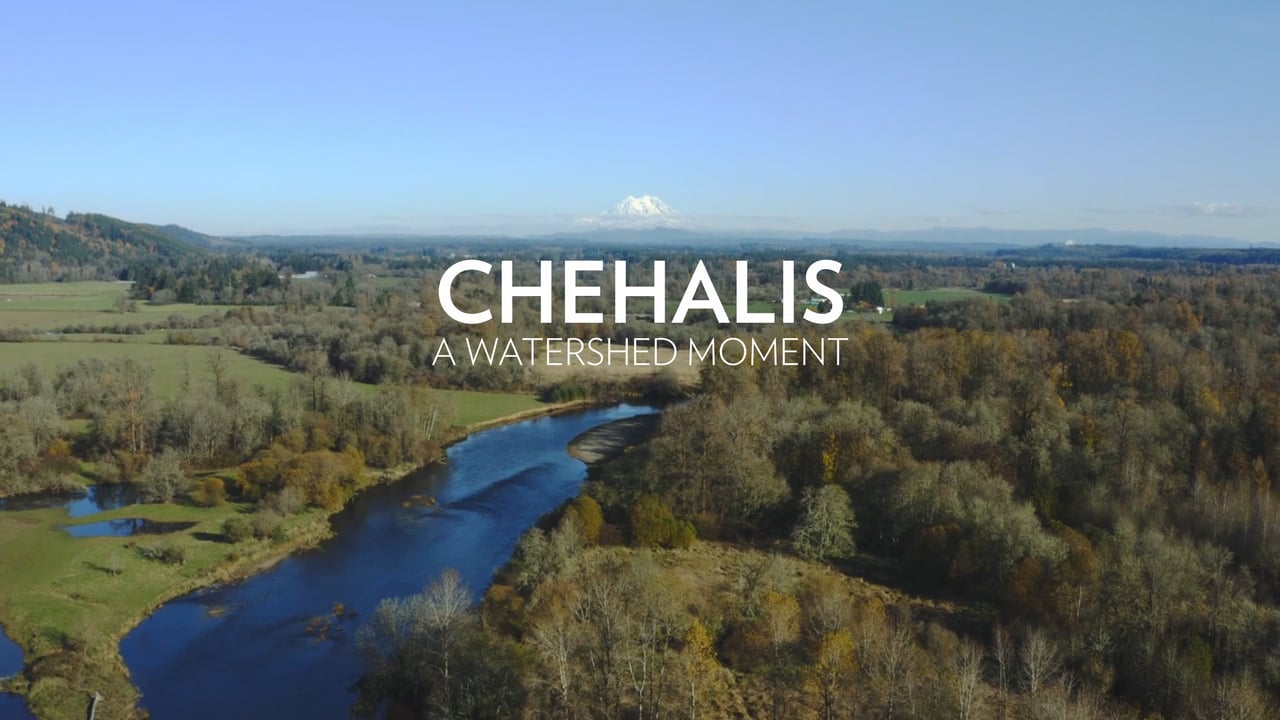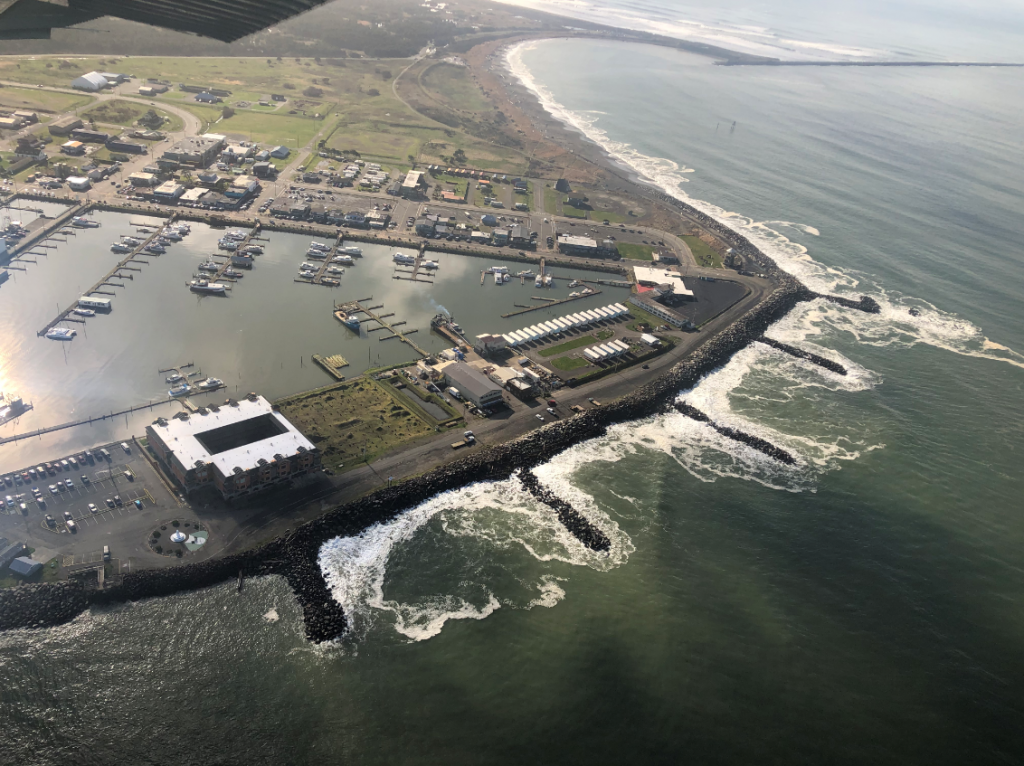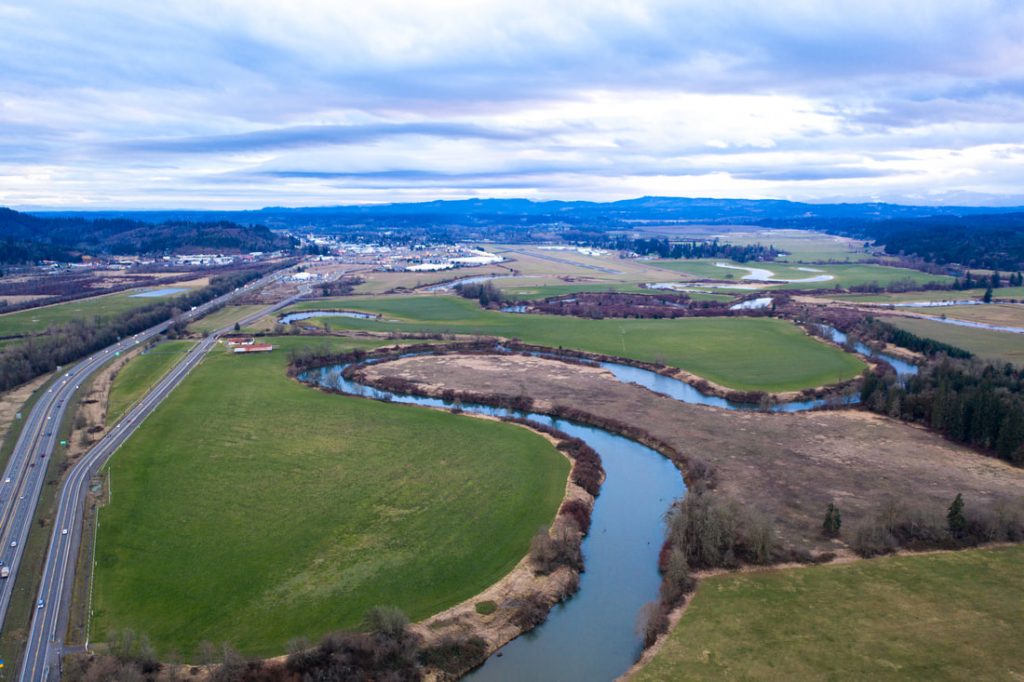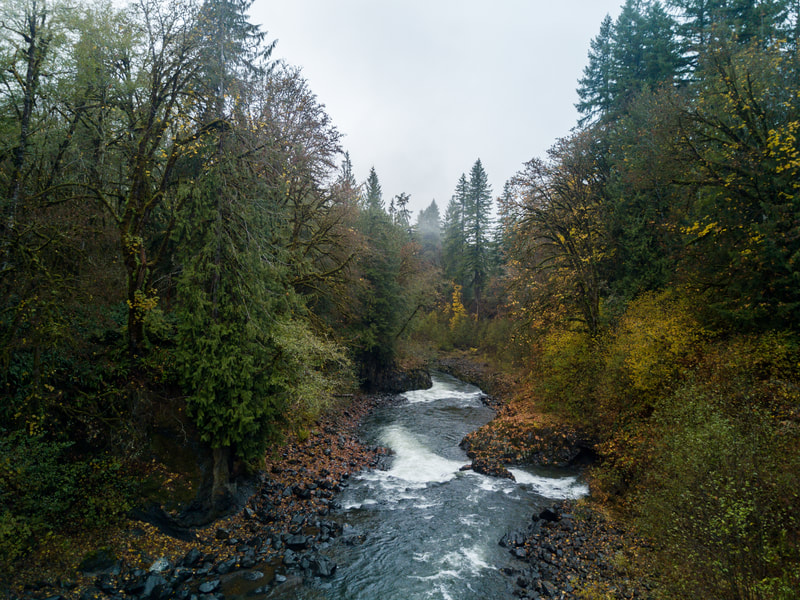
Surfrider is known for its dedication to protecting and preserving our coastlines. We work diligently to remove trash from our beaches, enact legislation that reduces plastic pollution, prevent offshore drilling, and ensure access to those special places, among other things. Ultimately, we're about protecting our rights to clean water and healthy beaches. While our focus is the coast, those coasts are connected to everything upstream - the rivers, forests, and mountains that make the Pacific Northwest the beautiful and inspiring place it is.
As amazing as our state is, it's not without its environmental challenges. In addition to the fires and earthquakes that naturally occur here, we also have a significant amount of flooding. While flooding is a natural process (thus the term 'flood plain'), poor land use practices can exacerbate that flooding, with often devastating consequences. Nowhere is this more apparent than in the Chehalis basin.

The Chehalis River flows from the headwaters above the town of Pe Ell and carves a winding path through southwest Washington, flowing down through the towns of Chehalis and Centralia, past Aberdeen, and into Grays Harbor, feeding the estuary that supports Westport and Ocean Shores. It is one of our last unobstructed rivers, the largest basin that lies entirely within Washington, and it sustains some of the last unlisted wild salmon runs in our state. The river also holds tremendous cultural significance to the Confederated Tribes of Chehalis and the Quinault Indian Nation.
In the past decade, the Chehalis basin has suffered from floods of increasing severity and frequency, resulting in massive economic damage, lost livelihoods, and human and animal suffering. A winter storm in 2007 caused catastrophic flooding, up to 10 ft in some places, shutting down I-5 for days - and the flooding is projected to get worse as climate change increases the severity and frequency of storms. In response to the 2007 flood, the Chehalis Basin Strategy was formed. This partnership of agencies, farmers, land owners, tribes, and numerous other stakeholders is working to solve the flooding problem, and one option being considered is a 'flood retention facility' (which we'll hereby refer to as a dam).
The process of installing a large dam like this is long and intensive. Under Washington's State Environmental Policy Act (SEPA), agencies are required to evaluate the environmental impacts of a project before getting approval. This includes developing an Environmental Impact Statement (EIS) and seeking public input. The Dept. of Ecology, which oversees SEPA implementation, has published the Draft EIS for the Chehalis Flood Reduction Project and held several public comment sessions, including an extended online comment period which ended May 27th.

As a grassroots organization, we know the value and importance of elevating peoples' voices. The Olympia chapter learned of the proposed dam and acted quickly to spread the word and encourage public participation. They hosted a Q&A with the filmmakers behind the newly released documentary, Chehalis: A Watershed Moment, moving their meeting earlier in the week to allow people time to view the film, ask questions, and submit thoughtful comments before the deadline. You can view the recording of this Q&A below (the beginning introductions were cut of - apologies for the abrupt start).
We submitted a letter on behalf of Surfrider Washington (attached below) to outline our concerns and to show our support for the tribes' opposition of the dam. Big thanks also to the Northwest Straits and Olympic Peninsula chapters for adding their support!
While we recognize the need for a solution to the flooding problems experienced by the communities in the Chehalis basin, we want to make sure that the solutions of today don't create the problems of tomorrow. While a dam might provide some alleviation to flooding in certain communities, it will not solve the flooding issue, and it will have far reaching environmental, economic, and cultural consequences for decades to come. Washington has an opportunity to set the stage for a new approach, one that works with natural ecosystems and local communities to build long-term resiliency.
What now?
Now that the comment period for the Draft EIS has ended, the Dept. of Ecology will review all the information and develop a final EIS. Later this year the Army Core of Engineers will release a draft National Environmental Policy Act (NEPA) EIS, which will have its own public comment period. To learn more about this complex issue and to stay informed on what's happening, check out the resources below:
- Sign up for Ecology's Chehalis Basin Strategy's newsletter (check out the last Newsletter info here)
- The Chehalis River Alliance also has a newsletter you can sign up for
- The Quinault Nation's Dept. of Natural Resources page
- The Twin Harbors Waterkeeper



